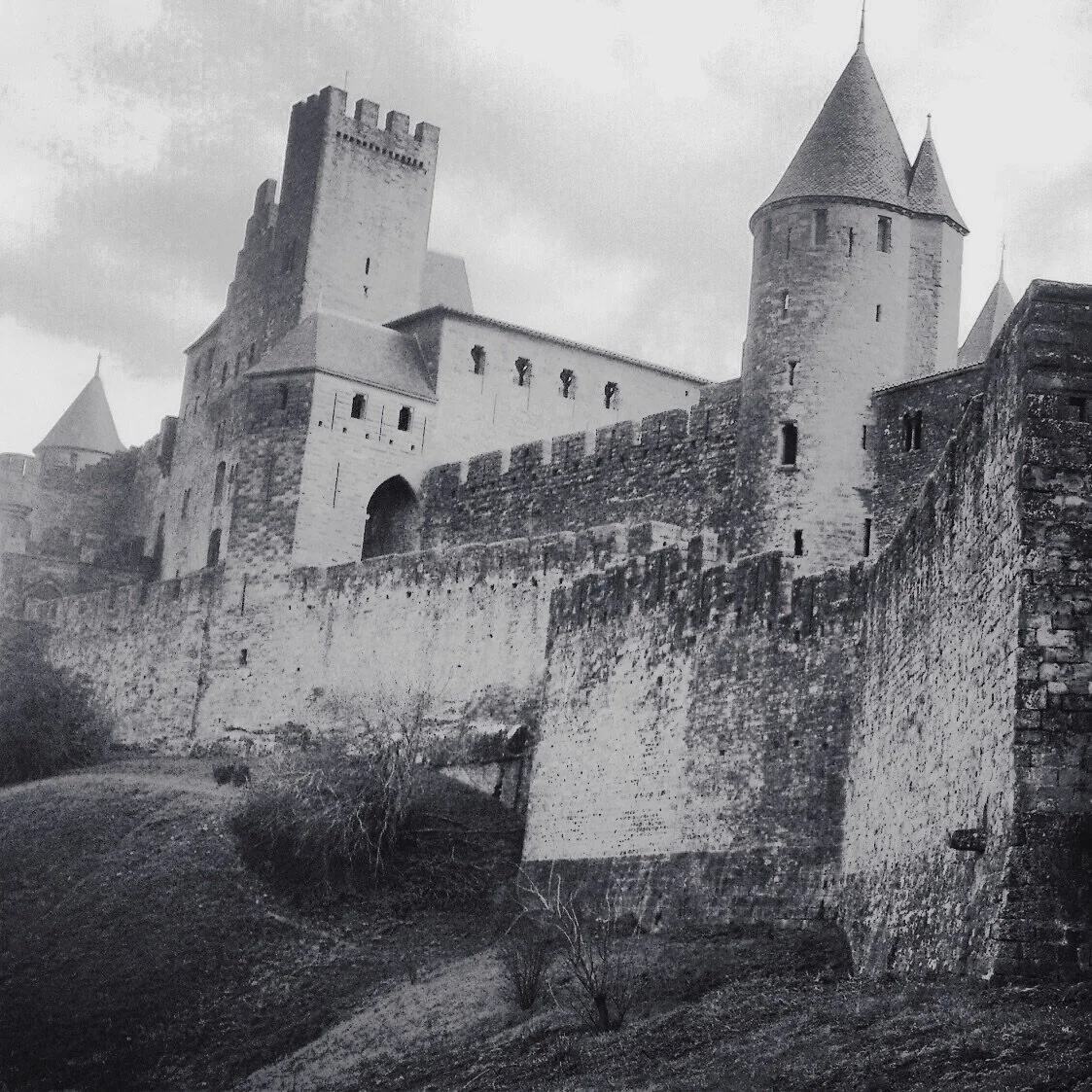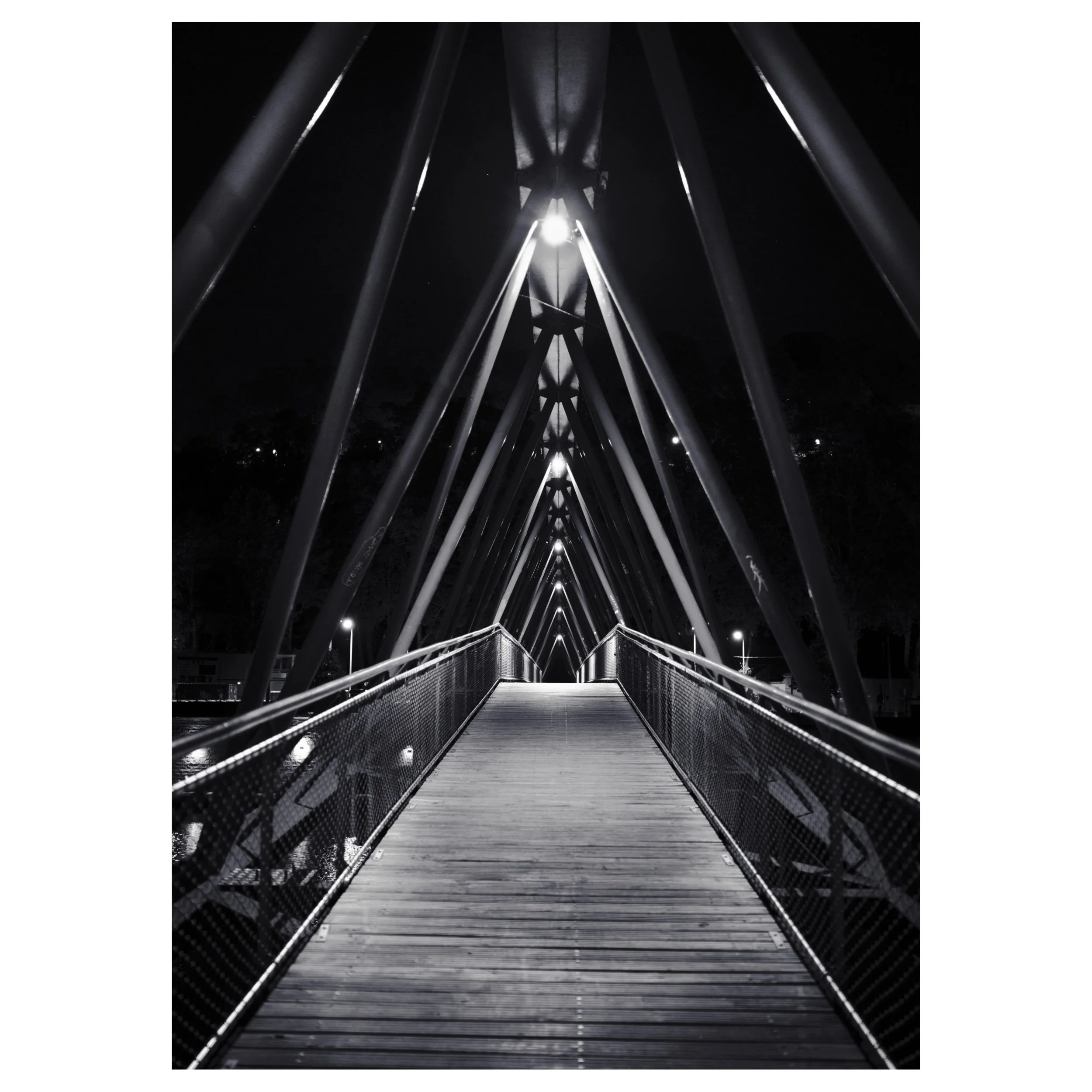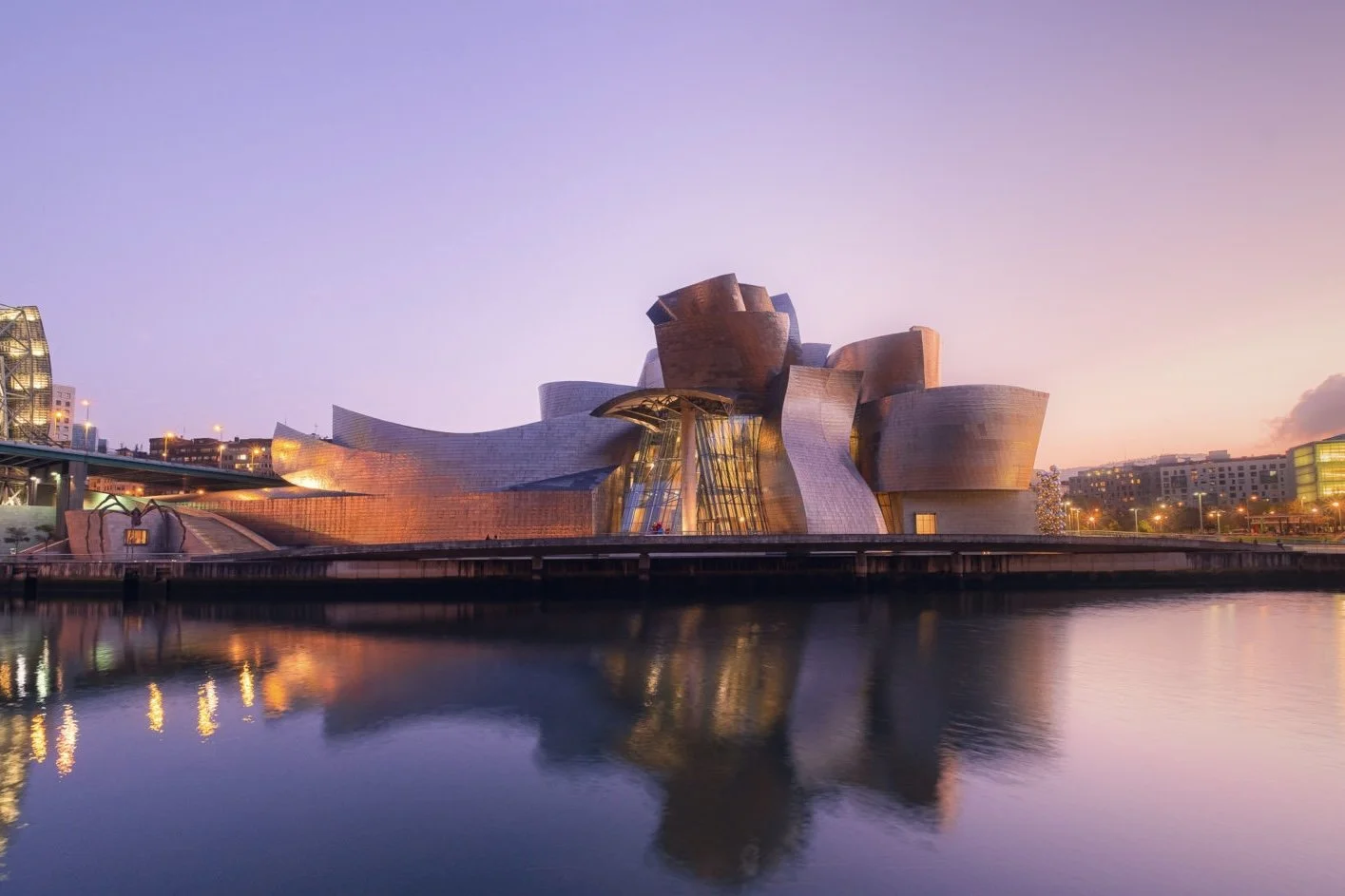France, Mon Amour?!
A Little Odyssey with Big Impact – with the Pentax 6x7 in the Bag
Start: Frankfurt – Destination: France
Why France? Maybe it was the thought of soft light over the Loire, a crusty baguette under the arm, and the hope of catching a bit of that elusive joie de vivre.
We set off with optimism—and a Pentax 6x7 slung over the shoulder. Heavy, yes. But also irreplaceable when it comes to image quality and intention.
Let me walk you through what this trip taught me – about travel, France, and shooting medium format film on the road.
Stop 1: Besançon – The Unpacked Camera
Besançon was our first halt, and frankly, a lesson in knowing when not to shoot. The town lacked atmosphere, texture, and light. It felt like arriving at a destination before the story had started.
Photography Insight:
With only 10 frames per roll, the Pentax 6x7 forces you to choose your moments carefully. Don’t burn a roll because you feel you should shoot. Wait until the light or emotion compels you to. Not every place deserves a frame.
Stop 2: Marseille – Grit, Not Glamour
Marseille conjures up images of sunlit coastlines and lavender-scented air. What we found was trash, grit, and sensory overload. But the chaos had its own character.
I loaded Ilford HP5 – perfect for dealing with the city’s stark contrasts and unpredictable lighting. Black-and-white helped me focus on form and emotion rather than the mess.
Photography Insight:
This is not a camera for quick street shots. If you’re shooting in dynamic urban environments, pre-meter, stay ready, and use zone focus. HP5 is forgiving – you can overexpose it slightly and pull back details later.
Stop 3: Carcassonne – The Fortress Frame
Carcassonne is a medieval dream—crowded by day, but magical at dusk. After a short rain shower, the skies opened with soft blue light.
It was Ektar 100 time. The fine grain and vibrant palette captured the sandstone walls and twilight sky perfectly.
Photography Insight:
Bring a tripod. This camera is no lightweight, and without support, you’ll never make the most of low-light scenes. Also, mirror lock-up is your friend to avoid vibration-induced blur.
Stop 4: Bordeaux – Big Name, Flat Scene
Bordeaux was a disappointment. The name promised elegance, but the city felt tired. I didn’t unpack the Pentax for two days. I observed instead.
Photography Insight:
Let the moment lead. The 6x7 is not a “spray and pray” tool. If a place doesn’t speak to you visually, skip it. Film is expensive. Time is limited. Don’t force it.
Stop 5: La Rochelle – The Unexpected Highlight
Now this was a surprise. Clean, vibrant, full of light and coastal elegance. I shot Portra 160 – ideal for the pastel tones of the harbor and stone buildings.
This was the only place I wished I had more rolls loaded.
Photography Insight:
If a location immediately resonates with you, pre-load your rolls. Know what film stock suits the light and mood. The Pentax 6x7 rewards preparation – not spontaneity.
Stop 6: Amboise – Serenity and Structure
Amboise brought back the magic. A historic town with a château rising over the Loire and real photographic character. I experimented with Cinestill 400D, intrigued by how its cinematic tones would render the scene.
This was also the best base for day trips to the architectural gems of the region – Chenonceau, Chambord, Chaumont.
Photography Insight:
Shoot with a print in mind. The 6x7 negative is ideal for framing and enlarging. Consider your composition in layers: light, structure, narrative. Each château had a different feel – and needed a different frame to tell its story.
Stop 7: Blois – The Unexpected Encore
Blois is elegance without pretense. The Château here is a mix of four architectural styles – a visual puzzle. The town itself was photogenic, walkable, and inviting. I slowed down, metered carefully, and took only three shots over two days.
Photography Insight:
The Pentax 6x7 will make you see slower. And that’s its strength. When you spend 10 minutes composing one frame, you begin to appreciate how precious each shot really is.
Final Stop: Nancy – A Graceful Goodbye
Nancy offered a final dose of classic French flair. The Place Stanislas alone was worth the trip. I didn’t shoot much here – partly due to fatigue, partly because I just wanted to enjoy the city without the weight of gear.
Photography Insight:
Sometimes, the best decision is to not shoot. Don’t let the camera come between you and the experience. The Pentax is a powerful tool—but it’s still just that: a tool.
Mid-Trip Reflections – Through a Glass (Not Always) Brightly
France surprised me—not always in good ways. There were moments of charm, yes. But also signs of economic wear, social strain, and faded grandeur.
The famous savoir-vivre was hard to find. But quiet streets, few tourists, and unexpected pockets of beauty gave the trip its value.
Photographer’s Takeaway:
This journey reminded me that analog photography—especially with a tank like the Pentax 6x7—isn’t about chasing perfect shots. It’s about intention. It’s about letting go of the pressure to document everything and focusing on what really moves you.
Conclusion: Worth the Weight?
Yes. In the end, the Pentax 6x7 proved what it always does: that when you take your time, respect the frame, and let the world unfold, you’ll come back with more than just photos.
You’ll return with memory, emotion, and a story pressed into emulsion.
If you’re thinking of taking your 6x7 on a trip, here’s my advice:
Travel light, but with purpose.
Choose your film stocks with the light in mind.
Don’t chase volume. Chase meaning.
And maybe just start your journey in La Rochelle.
Until next time – keep your eyes open and your shutter steady.













































